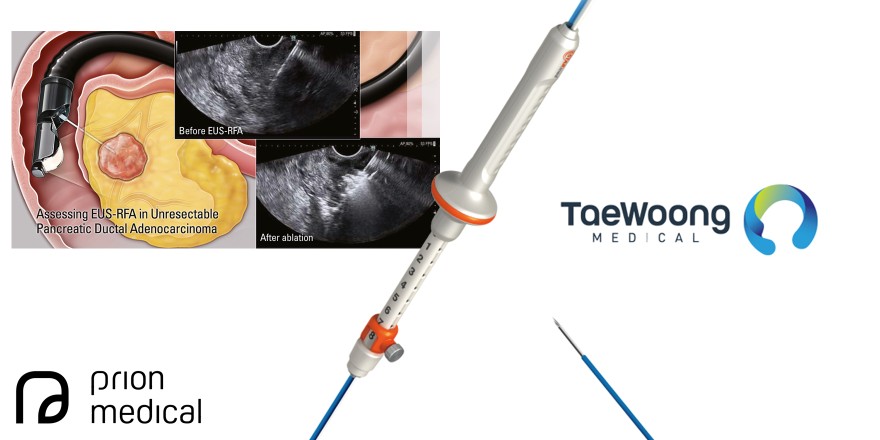Assessing EUS-guided radiofrequency ablation in unresectable pancreatic ductal adenocarcinoma: a single-center historic cohort study
23/10/2024

Abstract
Background and Aims:
EUS-guided radiofrequency ablation (EUS-RFA) has emerged as an alternative for the local treatment of unresectable pancreatic ductal adenocarcinoma (PDAC). We assessed the feasibility and safety of EUS-RFA in patients with unresectable PDAC.
Methods:
This study followed an historic cohort compounded by locally advanced (LA-) and metastatic (m)PDAC-naïve patients who underwent EUS-RFA between October 2019 and March 2022. EUS-RFA was performed with a 19-gauge needle electrode with a 10-mm active tip for energy delivery. Study primary endpoints were feasibility, safety, and clinical follow-up, whereas secondary endpoints were performance status (PS), local control, and overall survival (OS).
Results:
Twenty-six patients were selected: 15 with locally advanced pancreatic duct adenocarcinoma (LA-PDAC) and 11 with metastatic pancreatic duct adenocarcinoma (mPDAC). Technical success was achieved in all patients with no major adverse events. Six months after EUS-RFA, OS was seen in 11 of 26 patients (42.3%), with significant PS improvement (P = .03). Local control was achieved, with tumor reduction from 39.5 mm to 26 mm (P = .04). A post-treatment hypodense necrotic area was observed at the 6-month follow-up in 11 of 11 patients who were still alive. Metastatic disease was a significant factor for worsening OS (hazard ratio, 5.021; 95% confidence interval, 1.589-15.87; P = .004).
Conclusions:
EUS-RFA for the treatment of pancreatic adenocarcinoma is a minimally invasive and safe technique that may have an important role as targeted therapy for local treatment of unresectable cases and as an alternative for poor surgical candidates. Also, RFA may play a role in downstaging cancer with a potential increase in OS in nonmetastatic cases. Large prospective cohorts are required to evaluate this technique in clinical practice.